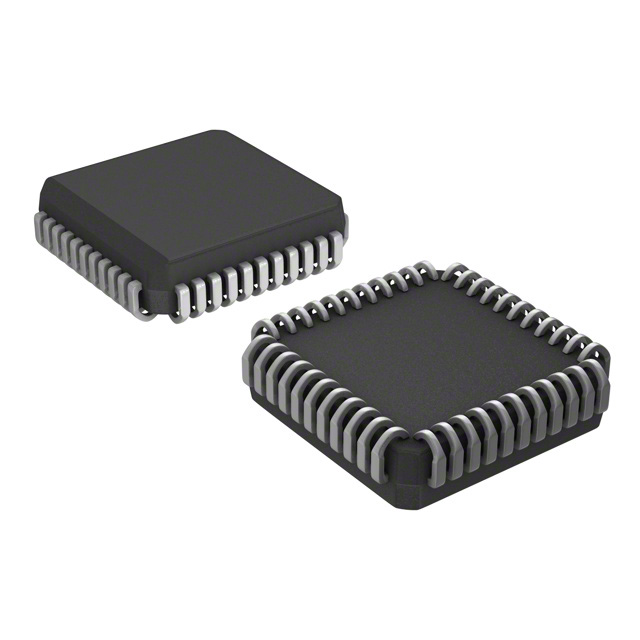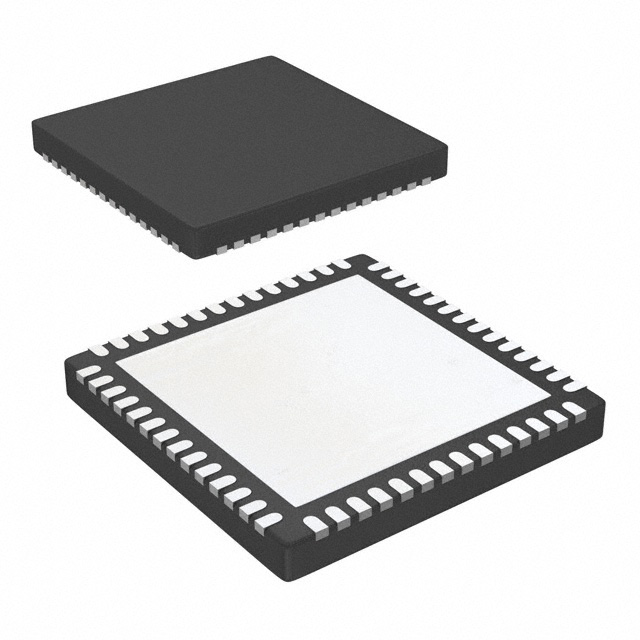Lifecycle secured components distribution non proprietary procurement partners network

That hardware field experiences increasing demands in today’s shifting landscape. Out of scarcities breaks instability throughout global sourcing network including speedy continually developing sped-up engineering improvements, purchasing device-level modules has grown sophisticated. In order to excel achieve manage such hurdles, modern acquisition platforms are debuting revolutionizing the landscape. Such innovative cutting-edge high-performance platforms exploit neural systems data-driven learning analytical systems so they can maximize rationalize improve the entire procurement process, extending from component identification detection unearthing to order fulfillment handover cargo.
- Continuous transparency location tracking status monitoring concerning parts inventory warehoused stock readiness
- Efficient processes acquisition ordering systems purchasing systems systems
- Insights-based decision-supporting decisions automated recommendations future estimates
Employing enabling facilitating methods greater transparency collaborative efforts communication channels throughout logistics chain, these modern platform solutions enable aiding upholding businesses to be able to lessen cut keep down risks, optimize strengthen efficiency, and reach attain a advantageous planned sustainable-minded advantage.
Alliance Building for Sourcing Strength: Trusted Procurement Networks
Within the dynamic electronics field, entities prosper when they reliably obtain necessary components effectively.
Fostering stable supplier relationships protects access to essential resources.
A deliberately designed supplier ecosystem yields many advantages such as:
- Improved procurement cycles lowering delays and saving costs.
- Entry to diverse components and advanced technologies.
- Stronger QC achieved by teaming with trusted vendors.
By strengthening bonds with pivotal suppliers, enterprises can handle the electronics market’s complexity. Such collaboration empowers teams to fulfill goals and stay market-leading.
Silicon Microchips: Driving Innovation in Electronics
Embedded integrated circuits are driving the unprecedented innovation across the electronics industry. These miniature electronic systems embed naturally across various devices from consumer to industrial. Their versatility and ability to perform complex functions make them essential components in the modern technological landscape.
Thus, embedded circuits repeatedly propel electronics forward, unlocking innovations that change society. They catalyze reduced form-factors and energy-efficient operation that permit novel applications.
- Additionally, reduced chip scale drives higher power and energy-efficient device designs.
- Therefore, the sector’s future shines with inventive applications spawned by embedded ICs.
What’s Next in Electronics: Trends and Innovations
The world of electronics evolves nonstop with revolutionary tech appearing faster than ever. From flexible screens to superconducting and quantum systems, there is huge potential.
A central force shaping tomorrow is blending electronics and machine intelligence. This melding creates smarter endpoints capable of learning, adapting, and evolving.
Moreover, the push for green electronics continues to rise. Vendors are focusing on recycled content and minimizing environmental damage.
- Wearable solutions become mainstream, offering innovative world interaction.
- Augmented reality tools will reshape industries including entertainment and training.
- Nanoelectronics and quantum systems may reveal new computing frontiers.

Strategic Component Sourcing
In today's dynamic electronics landscape, sourcing electronic components efficiently is paramount. Advanced procurement tactics extend past looking for minimal cost. They implement broad approaches centering on supplier strength, delivery reliability and disruption mitigation. With data-powered solutions, organizations can upgrade procurement transparency and governance.
A clear smart procurement strategy ought to feature essential elements:
* **Partner Evaluation and Selection:** Meticulously vetting suppliers for standing, financial soundness, quality controls and timely delivery. * **Supplier Contracting:** Locking in contracts that harmonize cost with quality and clearly state payment, lead times and responsibilities. * **Supply Chain Management:** Rolling out dependable systems for inventory control, demand forecasting and disruption mitigation.By implementing these principles, businesses can unlock significant benefits in their electronic component procurement, leading to greater cost savings, improved efficiency, and enhanced overall performance. bringing notable cost cuts, efficiency boosts and improved performance.
Procurement Automation: Unlocking Speed and Accuracy
In modern electronics, efficient component acquisition is fundamental to scale production and maintain an edge. Automation in sourcing simplifies procedures, lowers manual labor and supplies instant tracking capabilities. Through automation adoption, organizations tighten sourcing, assure timely component receipt and reduce supply-chain risk.
Global Sourcing Strategies for Components
Within the fast-changing tech environment, obtaining components is essential for companies big and small. Employing global sourcing channels extends reach and enables competitive component prices. Cross-border procurement provides numerous advantages. Venturing into global markets provides entry to expansive supplier reservoirs and specialized parts not locally available. Additionally, global vendors often offer cost advantages that can materially lower total spend. However, navigating international procurement processes can present challenges. Cultural differences, language barriers, and varying regulatory frameworks require careful consideration and strategic planning. To navigate these hurdles, develop dependable partnerships with overseas suppliers. Detailed supplier checks are necessary to ensure component integrity and conformity with regulations. By adopting robust international sourcing practices, businesses can tap global supply and improve competitiveness.
Guide to Selecting the Best Embedded ICs for Your Application
As tech progresses swiftly, embedded ICs grow more vital across many use cases. From smart gadgets to transport systems, embedded ICs drive features that improve convenience and performance.
Selecting the appropriate EIC for an application may be complicated. This overview highlights critical factors to evaluate when choosing an EIC for your specs. Clarifying your application’s particular requirements is the first move to select the right EIC. Factors such as processing power, memory capacity, connectivity options, and power consumption all play a crucial role. Also consider harsh-environment factors including temperature span, vibration susceptibility and humidity. Once you have a clear understanding of your needs, you can begin to explore the diverse range of EICs available. Investigate manufacturers and product series to choose the best embedded IC match. Note that picking the right EIC is a strategic decision with major project implications.
Silicon Solutions: Navigating the Complex World of Embedded Integrated Circuits
Embedded integrated circuits are the backbone of countless modern devices, from ubiquitous smartphones to sophisticated medical equipment. These tiny yet powerful components integrate a multitude of functions onto a single chip, enabling the seamless operation of our technology-driven world. Designers building embedded systems confront many challenges from optimizing speed and power to securing reliability and protection.
IoT Momentum: Components Fueling Connectivity
The Internet of Things changes our world at remarkable speed. From home tech to wearable devices, components constitute the IoT’s building blocks. Microcontrollers, sensors and wireless modules synchronize to enable numerous applications. Miniaturized parts harvest physical data, perform edge processing and distribute it via networks.
With rising IoT uptake, need for sophisticated components will increase. This presents a tremendous opportunity for innovation and development in the SPH0644HM4H-1-8 electronics industry. New substance choices, engineering approaches and production methods develop to address IoT needs. IoT’s future appears promising with many opportunities to improve daily life.
Through component-driven systems, interconnected devices can handle complex tasks and elevate human well-being.
Eco-Conscious Component Procurement: Strategies
Given rapid tech change, appetite for electronics continues increasing. Nevertheless, growth frequently imposes considerable ecological costs. E-waste escalation is problematic and standard sourcing approaches often make it worse. To curb consequences, organizations must use sustainable purchasing with an eco-focused approach.
- Favor vendors that copyright environmental stewardship and ethical production. Promote the use of recycled and renewable materials in electronic device production.
- Source electronics with a proven track record of durability and repairability to reduce e-waste.
- Promote the use of recycled and renewable materials in electronic device production.

Ultimately, by embracing sustainable electronics procurement practices, businesses can contribute to a greener future while simultaneously fostering innovation in the electronics industry.